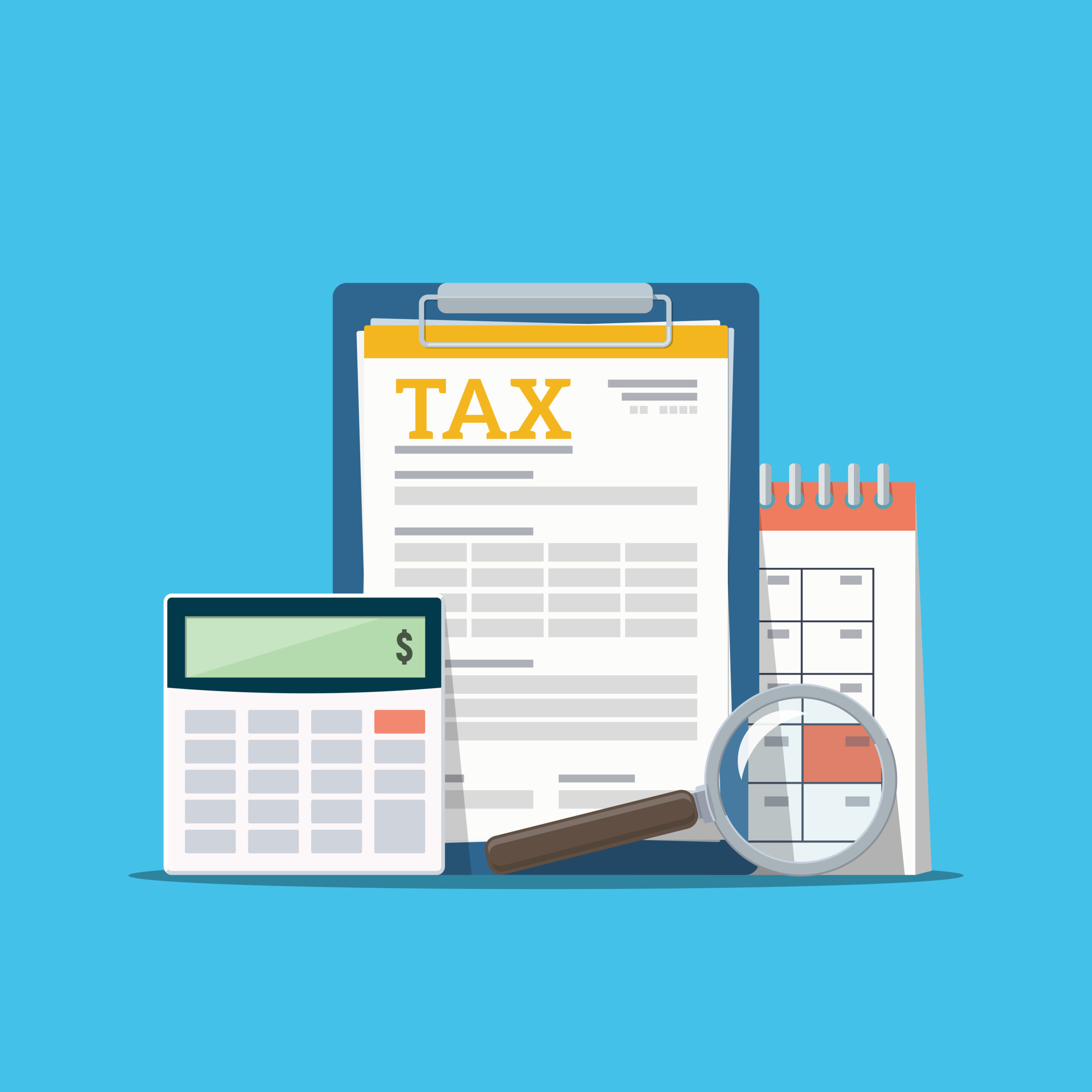
The 1099-K form is a document used in the United States to report certain types of income received by individuals or businesses. It serves as a record of payments processed by third-party payment networks, such as credit card companies and online payment platforms like PayPal or Stripe. Here’s a closer look at what a 1099-K is and why it’s important:
What is a 1099-K Form?
The 1099-K form, officially titled “Payment Card and Third Party Network Transactions,” is issued by payment settlement entities to merchants and individuals who receive payments through their platforms. It’s used to report the total gross amount of payments processed on behalf of a taxpayer during the calendar year.
Who Receives a 1099-K?
Individuals and businesses that meet certain criteria are issued a 1099-K form by payment settlement entities. Typically, you’ll receive a 1099-K if you:
Process Payments: If you accept payments through credit cards or third-party payment networks like PayPal or Stripe.
Exceed Transaction Thresholds: You’ll receive a 1099-K if your transactions meet or exceed both of the following thresholds in a calendar year:
- You’ve had 200 or more transactions.
- Your total gross payments exceed $20,000.
What Information Does It Contain?
The 1099-K form includes the following information:
Taxpayer Information: Your name, address, and Taxpayer Identification Number (TIN), such as your Social Security Number (SSN) or Employer Identification Number (EIN).
Payment Processor Information: Details about the payment settlement entity issuing the form, including their name, address, and TIN.
Transaction Details: This section provides a summary of the total gross amount of payments processed through the payment network during the tax year. It includes the total number of transactions and the total gross amount of payments.
Why It Matters
The 1099-K form is essential for accurately reporting income to the Internal Revenue Service (IRS). It helps ensure compliance with tax laws and regulations governing income reporting. Failing to report income can result in penalties and interest charges from the IRS, so it’s crucial to include all income reported on the 1099-K when filing your taxes.
What is the Difference Between a 1099 and a 1099k?
While both the 1099 and the 1099-K are tax-related forms used for reporting income, they serve different purposes and target different types of income. The 1099 form, also known as the “Miscellaneous Income” form, is used to report various types of income, including freelance earnings, interest, dividends, and rental income. It is typically issued by businesses or individuals who have paid at least $600 in income to another party during the tax year. On the other hand, the 1099-K form specifically reports payment card and third-party network transactions. It is issued by payment settlement entities to individuals or businesses who process payments through credit card transactions or third-party payment networks like PayPal or Stripe. The key distinction lies in the types of income each form covers, with the 1099 encompassing a broader range of income sources while the 1099-K focuses specifically on payment transactions processed through designated networks.
Conclusion
In summary, the 1099-K form is a document used to report payments processed by third-party payment networks. It’s issued to individuals and businesses that meet certain transaction thresholds, helping to ensure accurate income reporting to the IRS. Understanding the 1099-K and its importance can help taxpayers fulfill their tax obligations and avoid potential penalties.